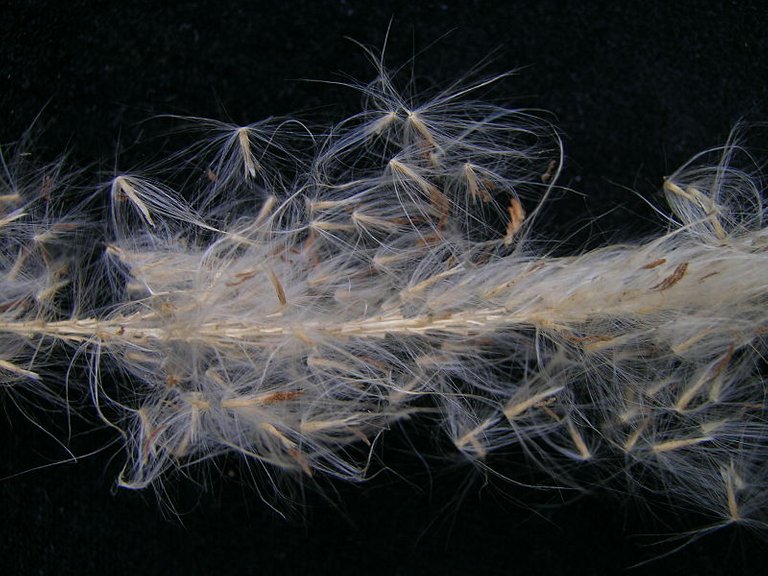Lalang Grass / Cogongrass
Welcome to #SublimeSunday, a tag presenting you with the unique opportunity to post something a bit different, wacky, crazy or just whatever takes your fancy, initiated by @c0ff33a ☕️
And also #BeautifulSunday initiated by @ace108

Imperata cylindrica – a species of perennial rhizomatous grass native to tropical and subtropical Asia. They are known here as Lalang grass.

“The species is most commonly known in English as "cogongrass". Other common names in English include kunai grass, blady grass, satintail, spear grass, sword grass, thatch grass, alang-alang, lalang grass, cotton wool grass, and kura-kura among other names.” - Wikipedia

Cogongrass is a fire-adapted species. It is highly flammable, even when still apparently green, It is not uncommon to see hillsides of cogongrass on fire. I have witnessed this when I was young and living in the village. Cogongrass has a propensity to catch fire easily and burn out quickly.

“The leaves are about 2 cm wide near the base of the plant and narrow to a sharp point at the top; the margins are finely toothed and are embedded with sharp silica crystals. The main vein is a lighter colour than the rest of the leaf and tends to be nearer to one side of the leaf. The upper surface is hairy near the base of the plant while the underside is usually hairless.” - Wikipedia

Source
Lalang grass spreads both through small seeds, which are easily carried by the wind, and rhizomes which can be transported by tilling equipment and in soil transport. They grow easily, quickly, wildly and are highly adaptive to harsh environments, establishing itself on soils low in fertility. Hence, they are difficult to contain. The grass can also grow on sand and clay, making them very useful for ground cover and soil stabilization near beach areas, and areas subject to erosion.

A number of cultivars have been selected for garden use as ornamental plants, including the red-leaved 'Red Baron', also known as Japanese blood grass.
Apparently, the lalang grass are used in Traditional Chinese Medicine, and as an ingredient in the skincare, and facial cream for its high concentration of potassium which provides a hydrating effect.

Here’s an interesting fact about the Lalang grass, or Cogongrass.
“Cogongrass depends on regular fires to spread and maintain ecological dominance. Because of its density and high biomass, cogongrass provides a very high fuel load, enabling wildfires to burn faster, higher, and much hotter. This is hot enough to kill most competing plants, including trees. After a fire, cogongrass recolonizes the area using their rhizome network which is unaffected by the fire.” - Wikipedia

 ^^^^^^^^^^^^^^^^^^^^
^^^^^^^^^^^^^^^^^^^^Thank you for stopping by. If you like the post, please give it a vote. Reblog it if you think it worthy. Follow me if you like to read about Life, humour and quotes. Cheers!
That's a lot of names for grass you learn some thing every day 😊
That should be the way - learning something new every day. Cheers! :-)
And we certainly do learn something new on hive everyday that's for sure 👍
Thank you @freedomtowrite and @innerblocks.